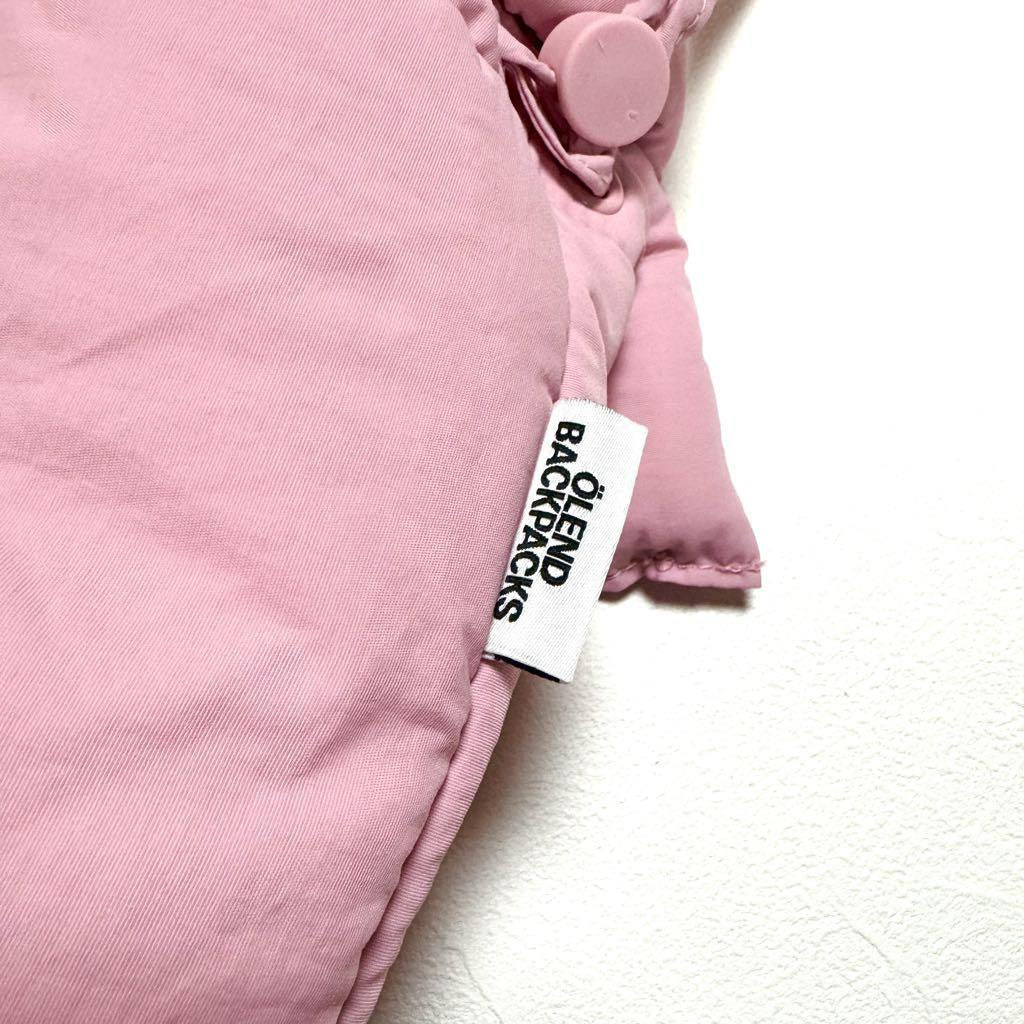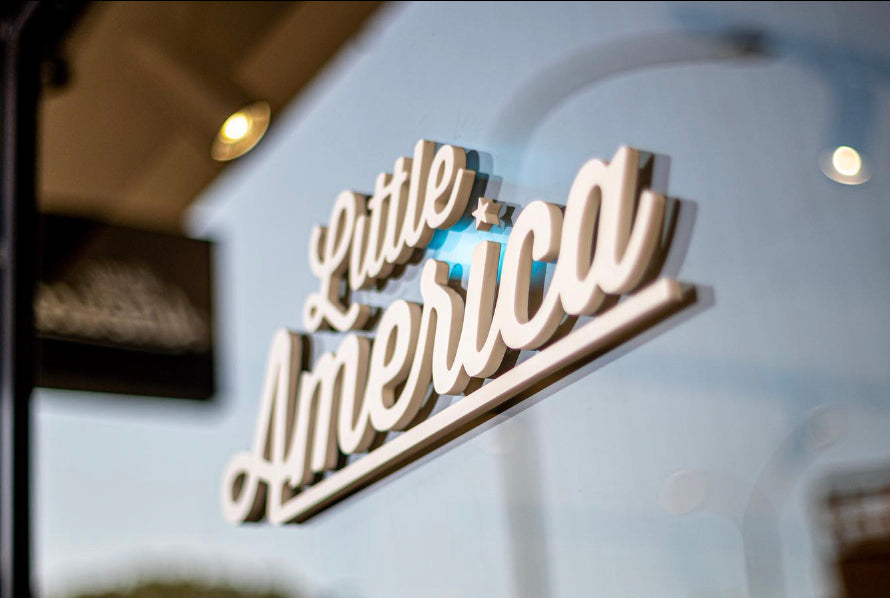Pandemic restrictions have meant one thing for most wardrobes: comfort . Apparently, the ultimate expression of this phenomenon is a pair of Birkenstock . With its boat-like sole of natural cork, jute and latex and sturdy buckled straps, Birkenstock makes an anti-fashion statement that transcends trends, yet somehow manages to set them. Birkenstock’s history dates back to 1774 when Johann Adam Birkenstock, began working as a shoemaker in Langen-Bergheim, Germany. In 1896 his grandson Konrad, began marketing a revolutionary product: anatomical insoles that support and shape your foot. By 1925 they were being sold throughout Europe. In the early 20th century the company expanded to train doctors on the musculoskeletal and circulatory benefits of its specialist footwear. In 1947, Konrad's son Carl published the book "Podiatry - The Carl Birkenstock System", outlining his approach to supporting your "natural gait" for healthy feet. This was the first of many Birkenstock textbooks and manuals filled with inspiring ideas, such as walking barefoot in nature and soaking your feet in spruce needle salts and cold water. The 1960s proved to be the creation of Birkenstock as we know it today. In 1963 Carl's son Karl launched the first sandal, the single-strap Madrid, initially marketed as a sneaker and still a key style today. Three years later, Margot Fraser, a German seamstress living in California, was on vacation and was recommended a pair from Madrid as therapy for her aching feet. Immediately smitten, she approached the family to become the brand’s first U.S. distributor. Fraser initially struggled to get interest from shoe salespeople and ended up finding a place for the sandals in health food stores instead. Here, hippies discovered them alongside vitamins and dried lentils, and as the Summer of Love unfolded, Birkenstocks became the shoe of choice from San Francisco to Vermont.
The two-strap Arizona sandal arrived in 1973, which became and remains the brand’s best-selling product. Over the years, many subcultures have embraced Birkenstocks as part of a uniform, from surfers to skaters, but it took until the 1990s for high fashion to fully take notice. The trend (like many of that decade) started with Kate Moss. The brand is still family-owned and operated, still German-made (it has four factories across the country), and has historically placed little emphasis on marketing or endorsements. It now sells in more than 100 countries and offers around 800 styles, including the tried-and-true Gizeh flip-flop and Boston clog, all of which remain true to the footbed.










